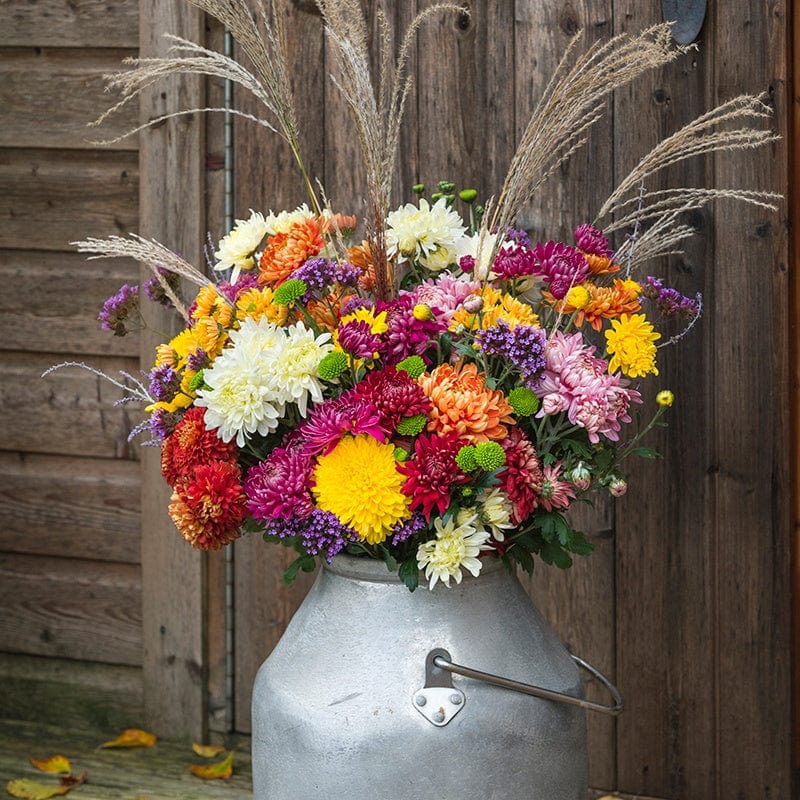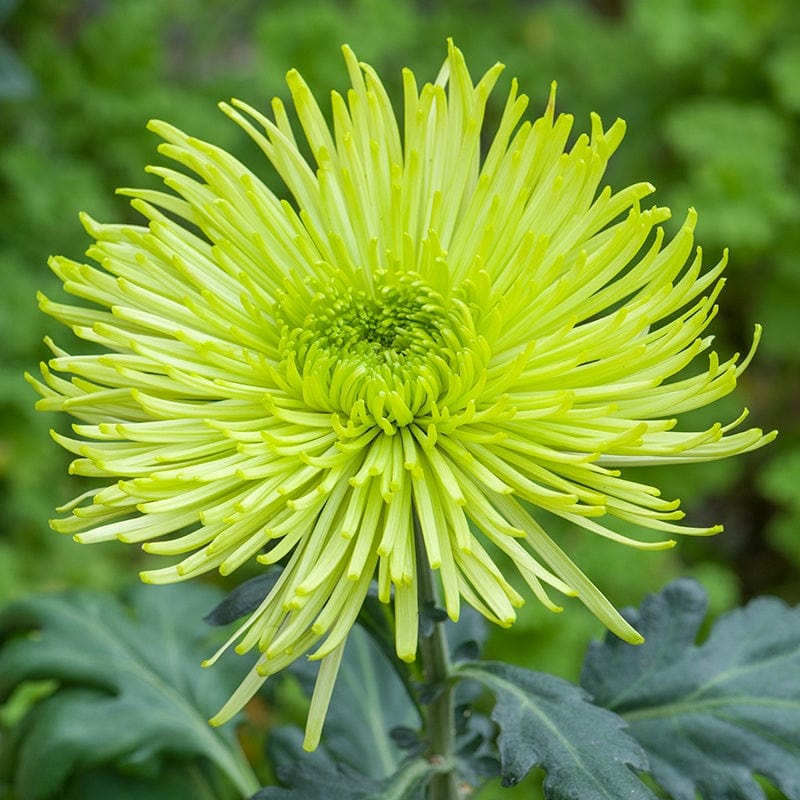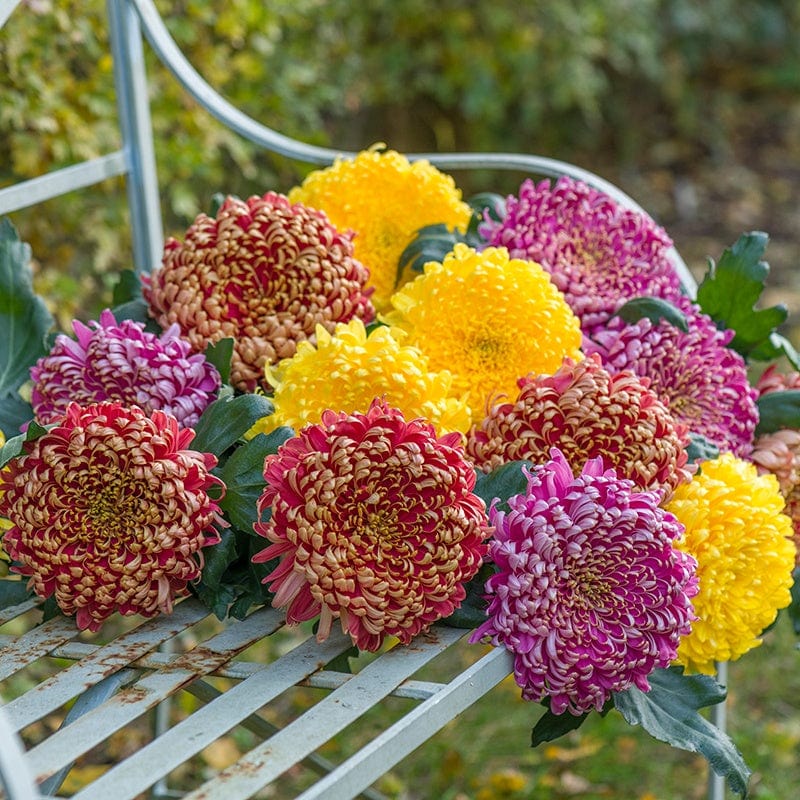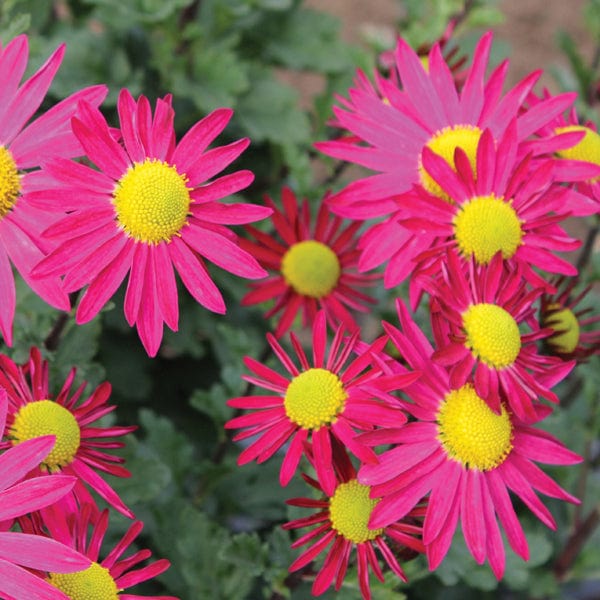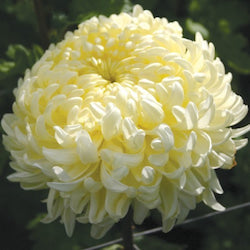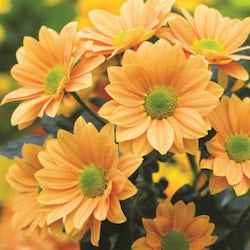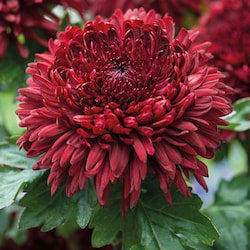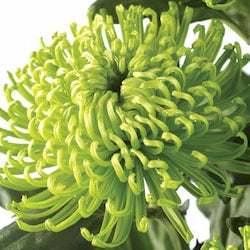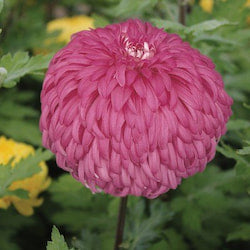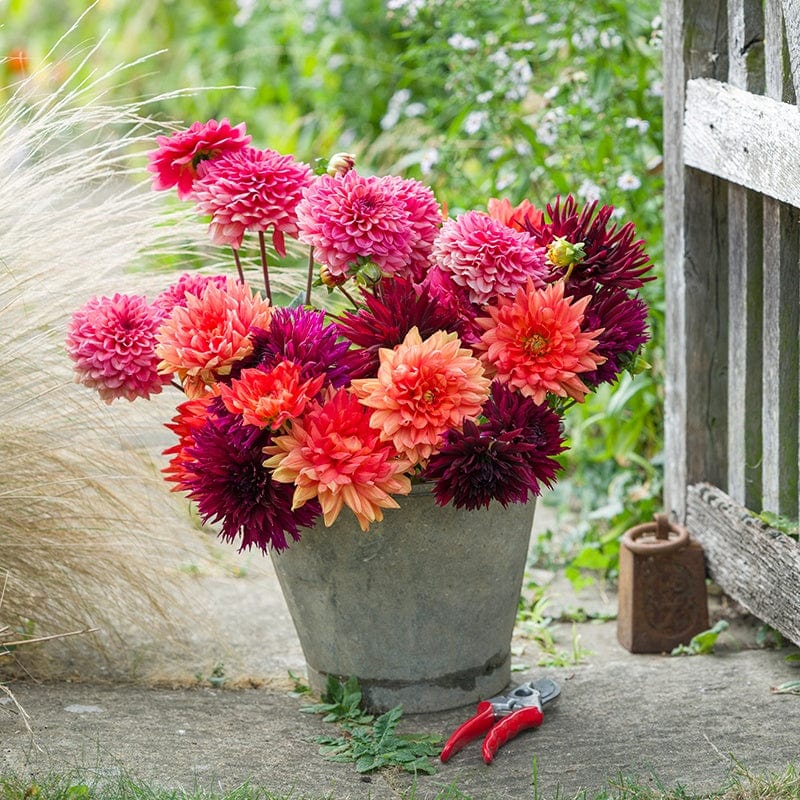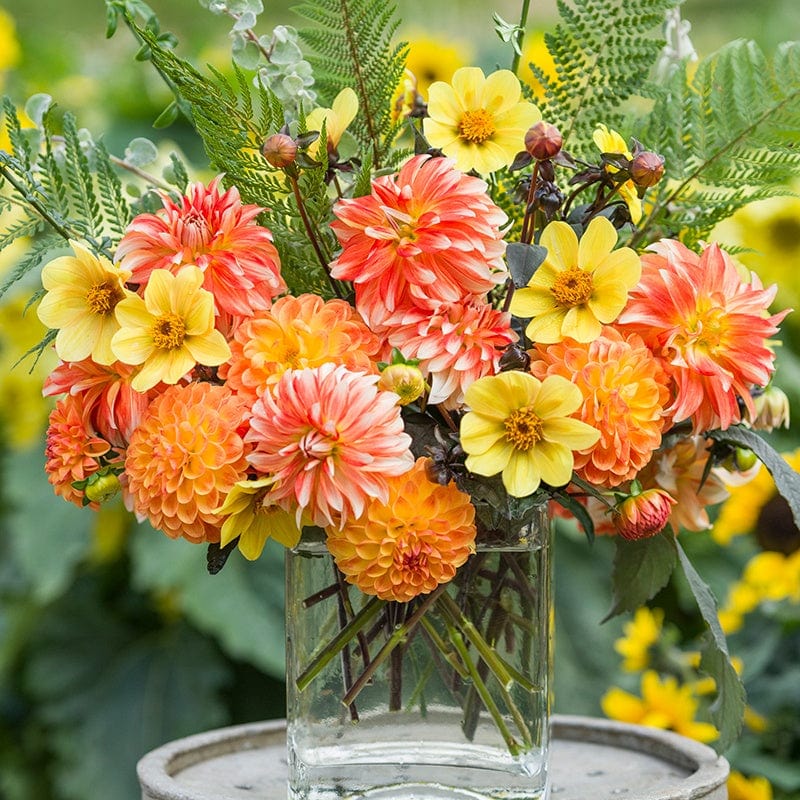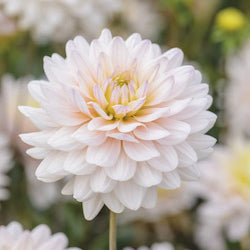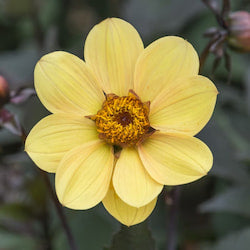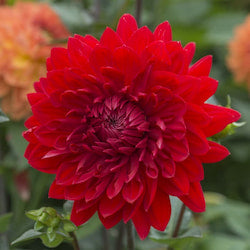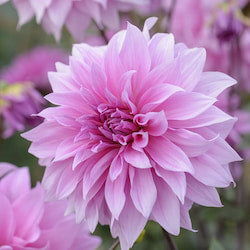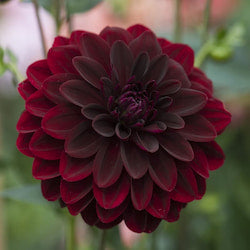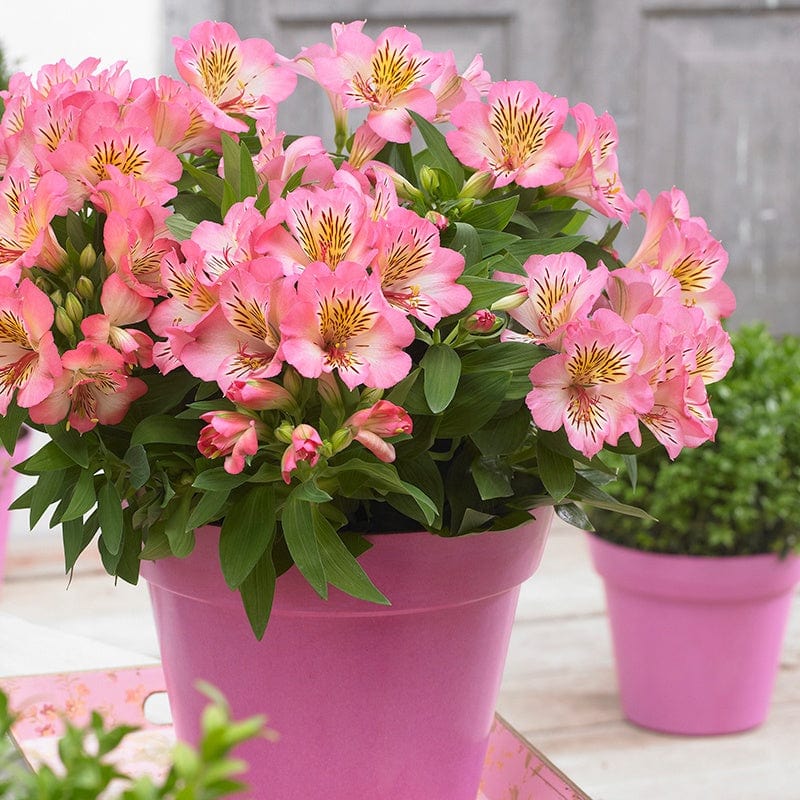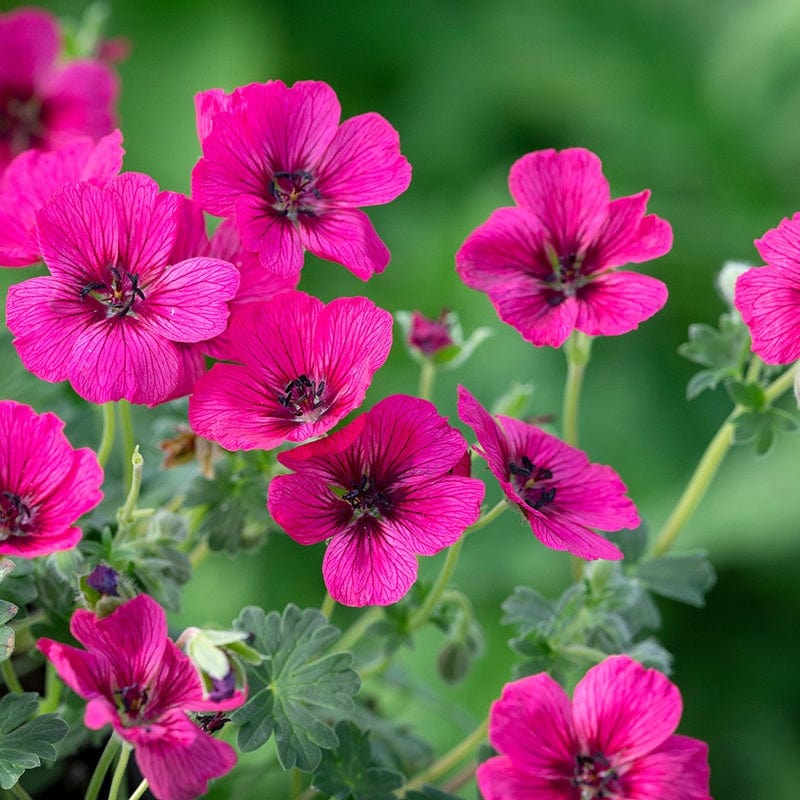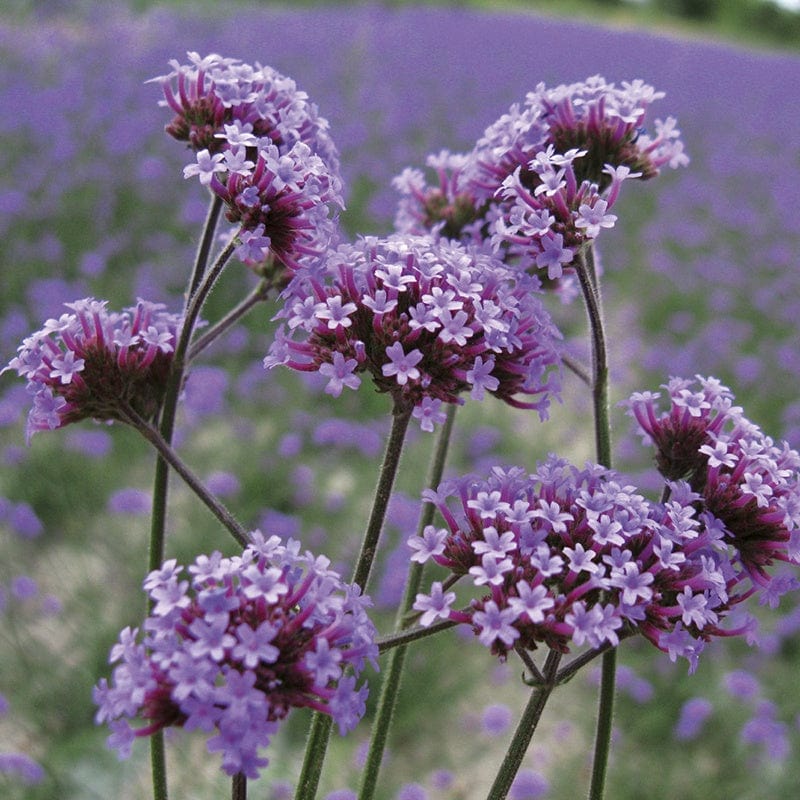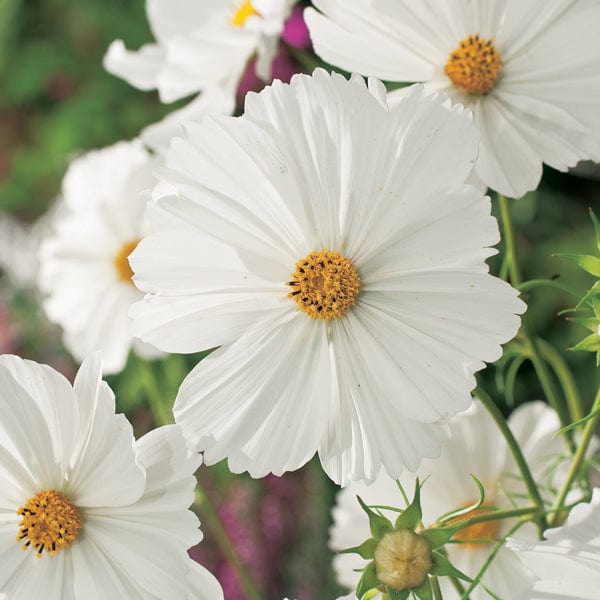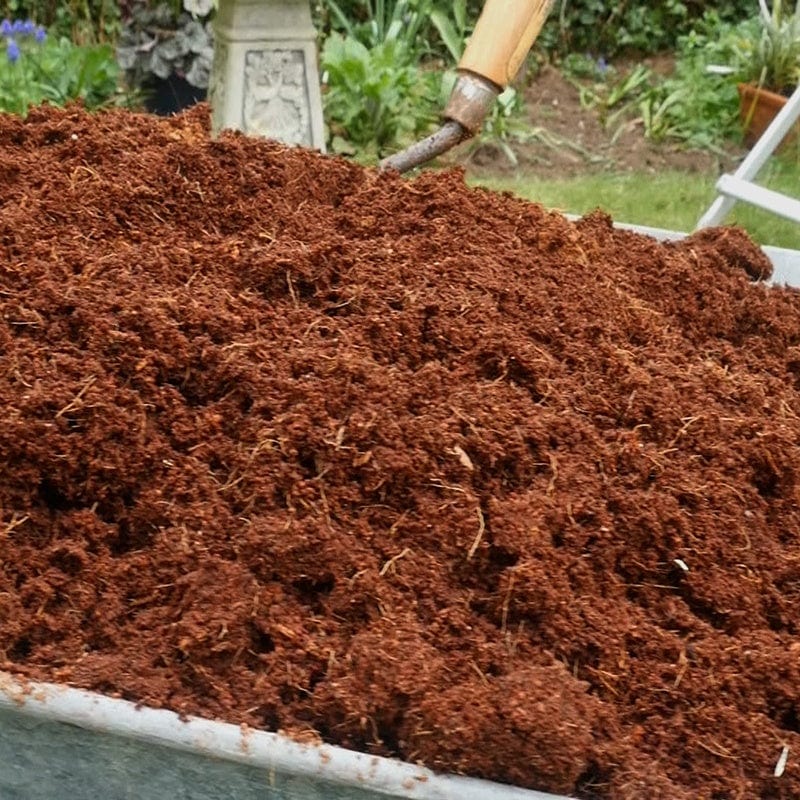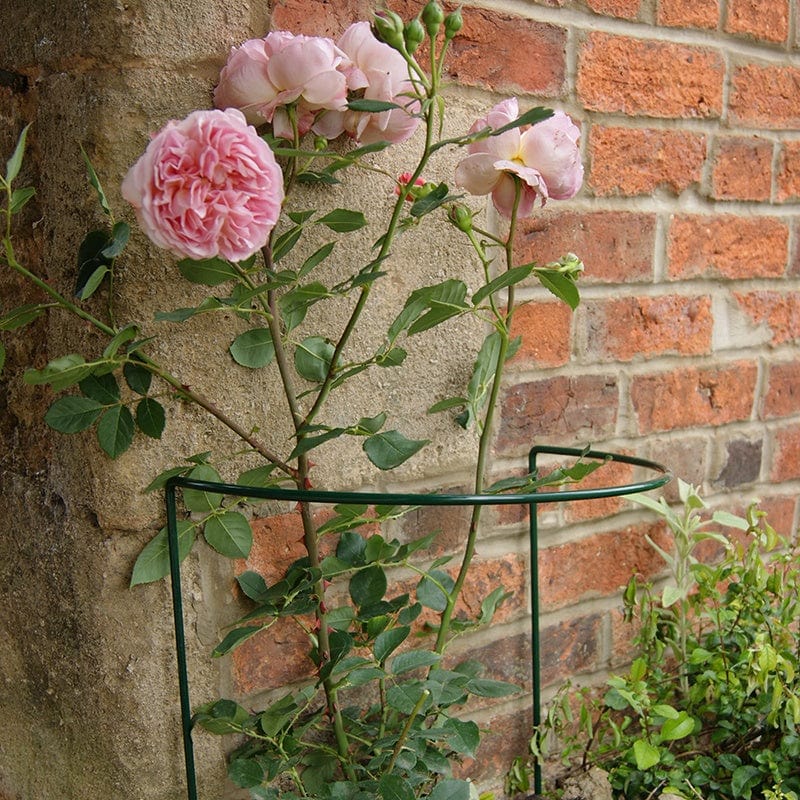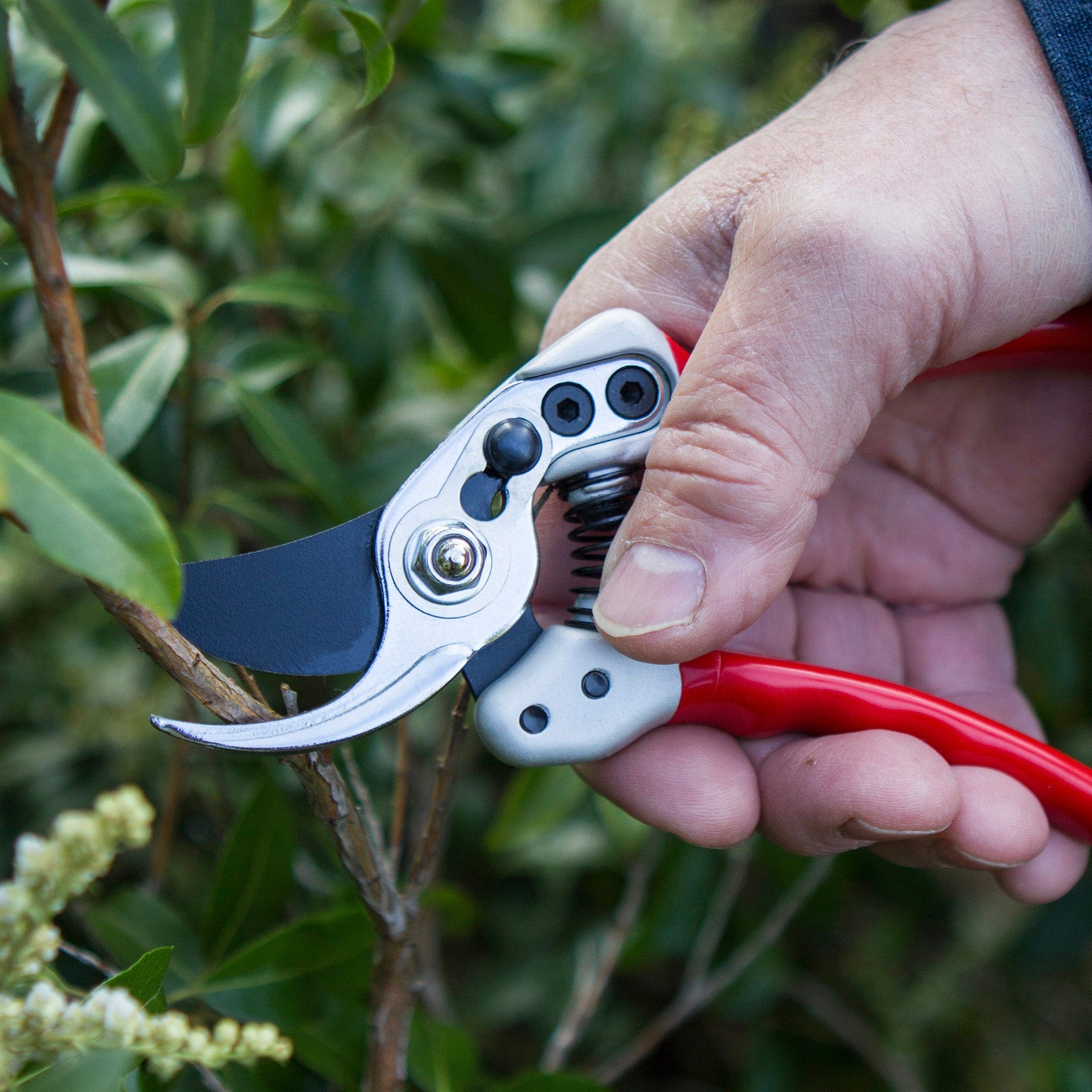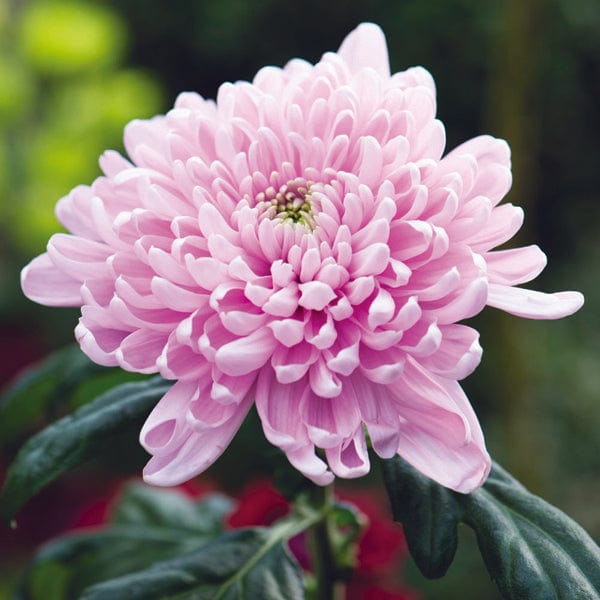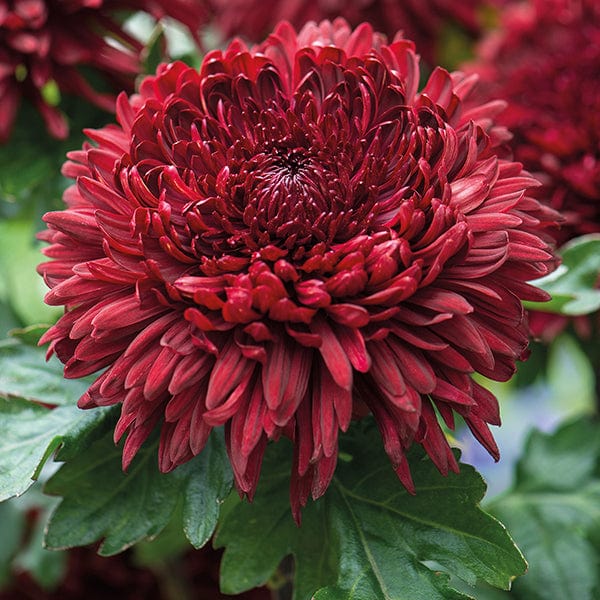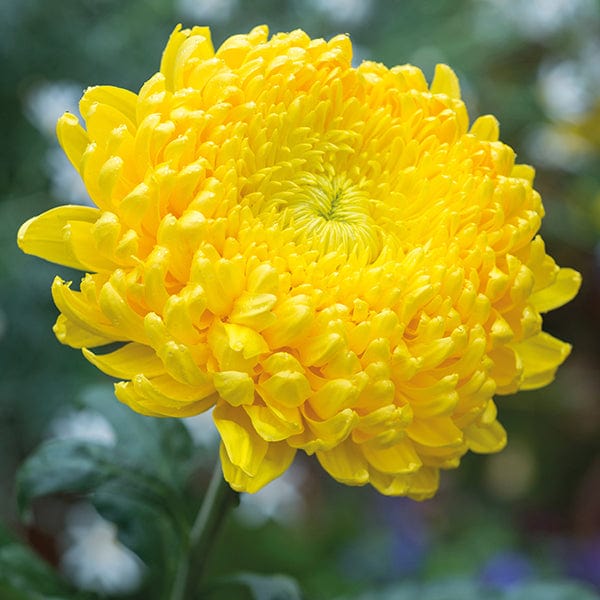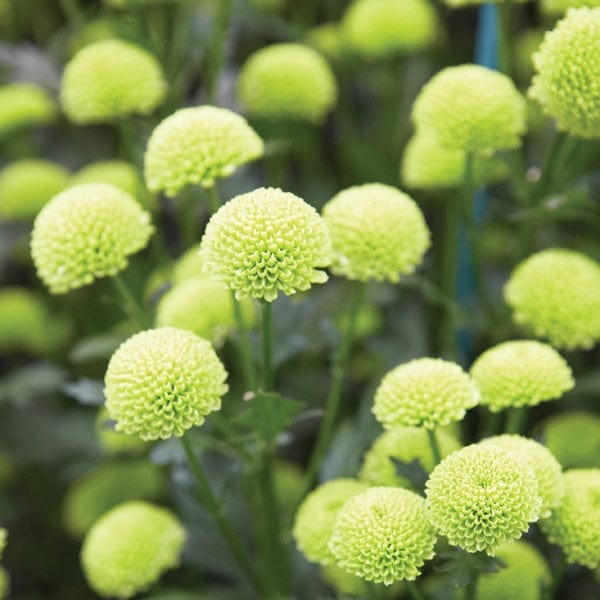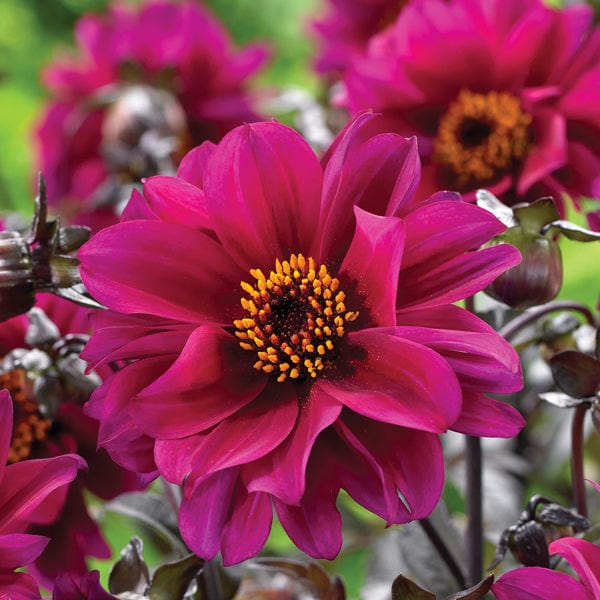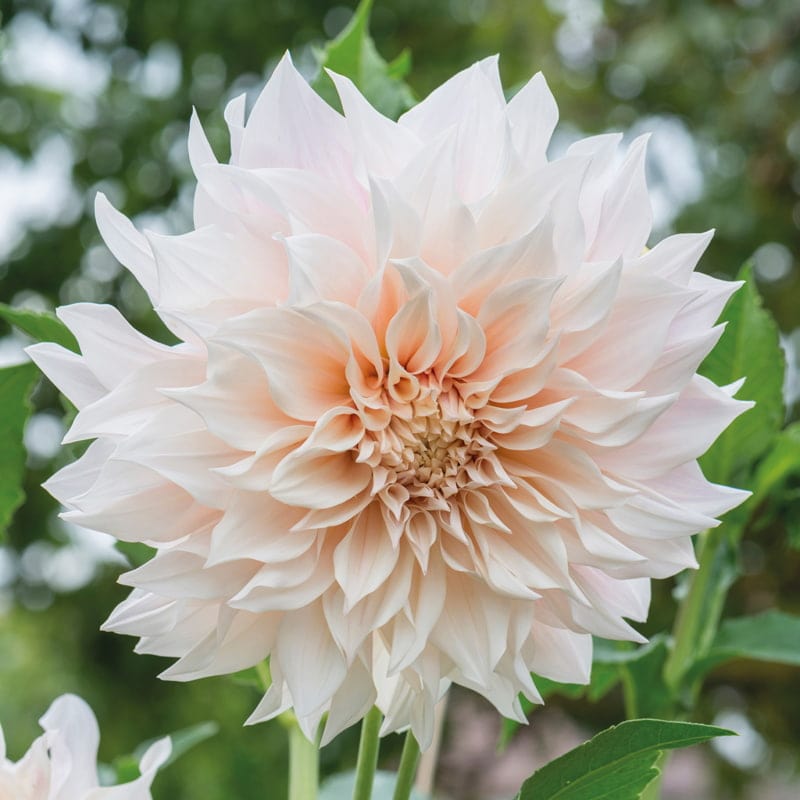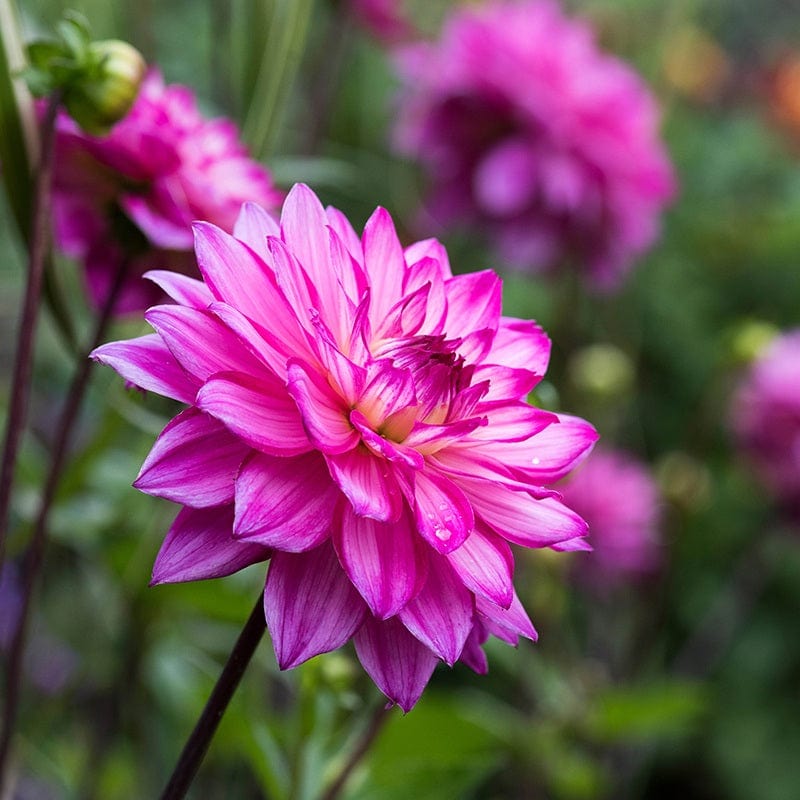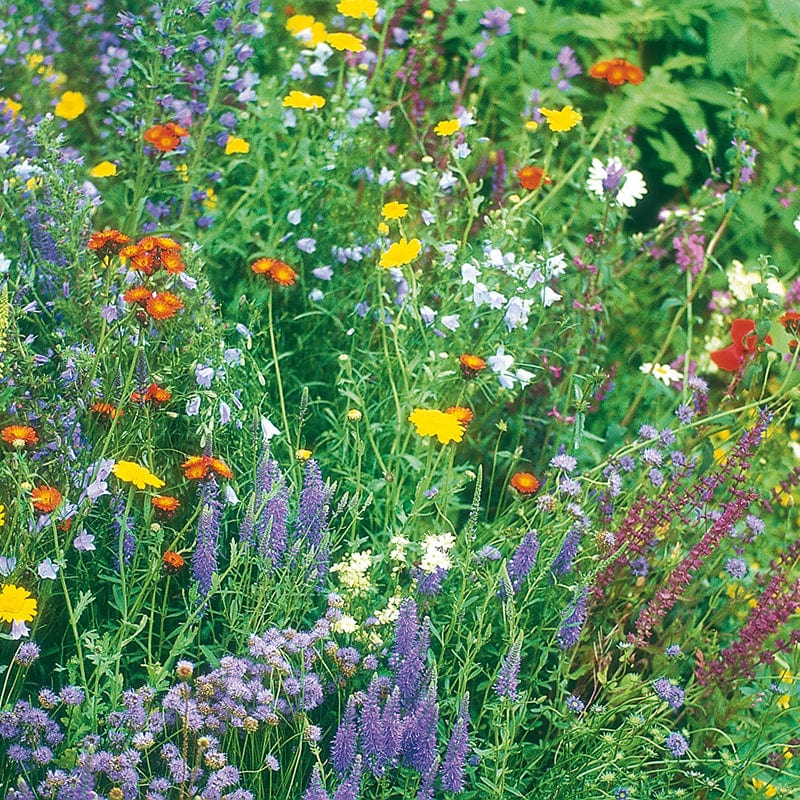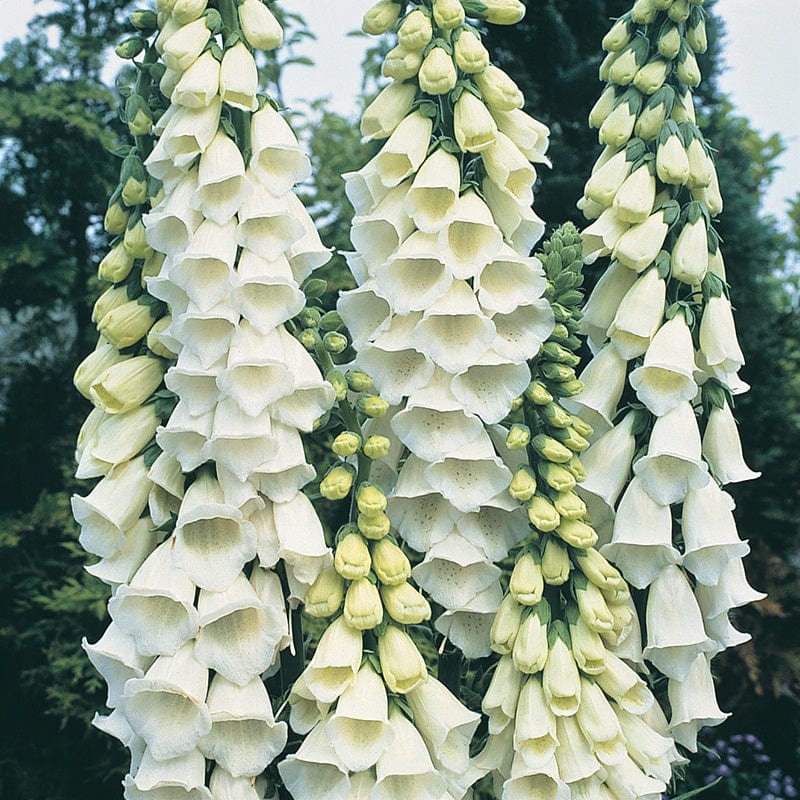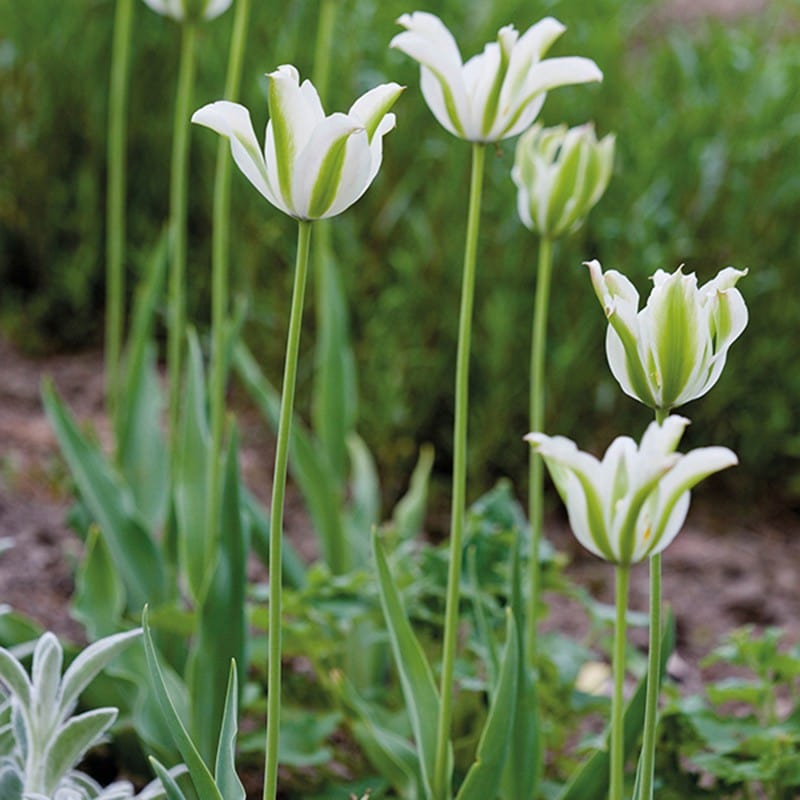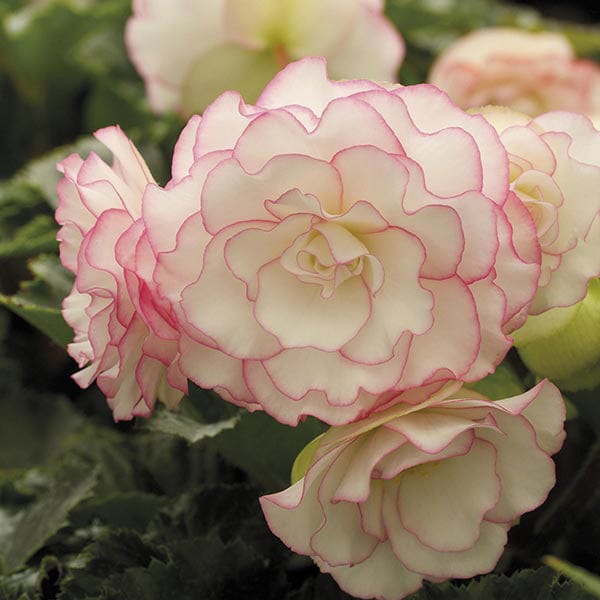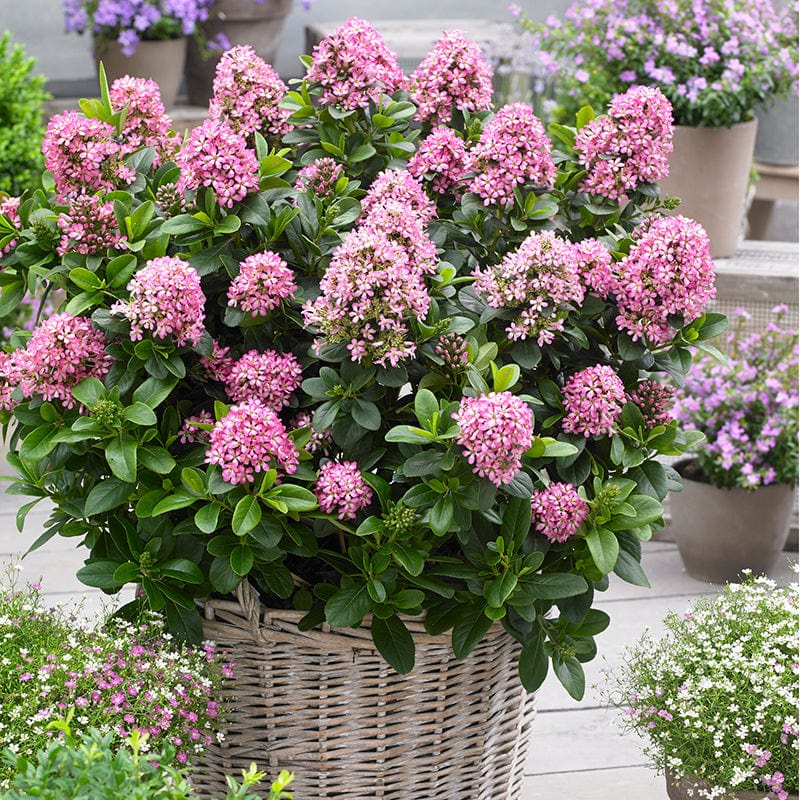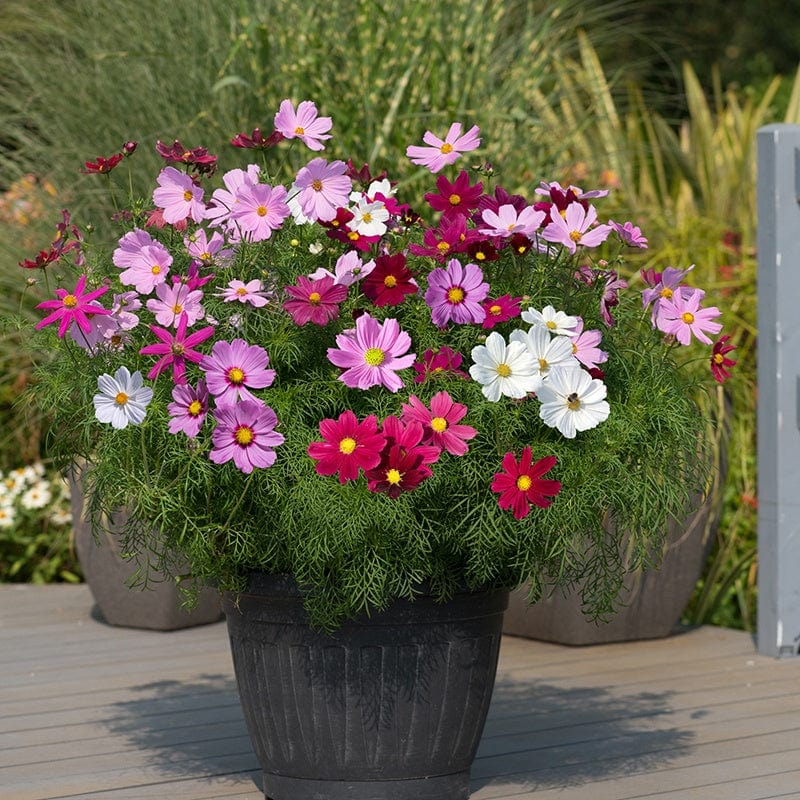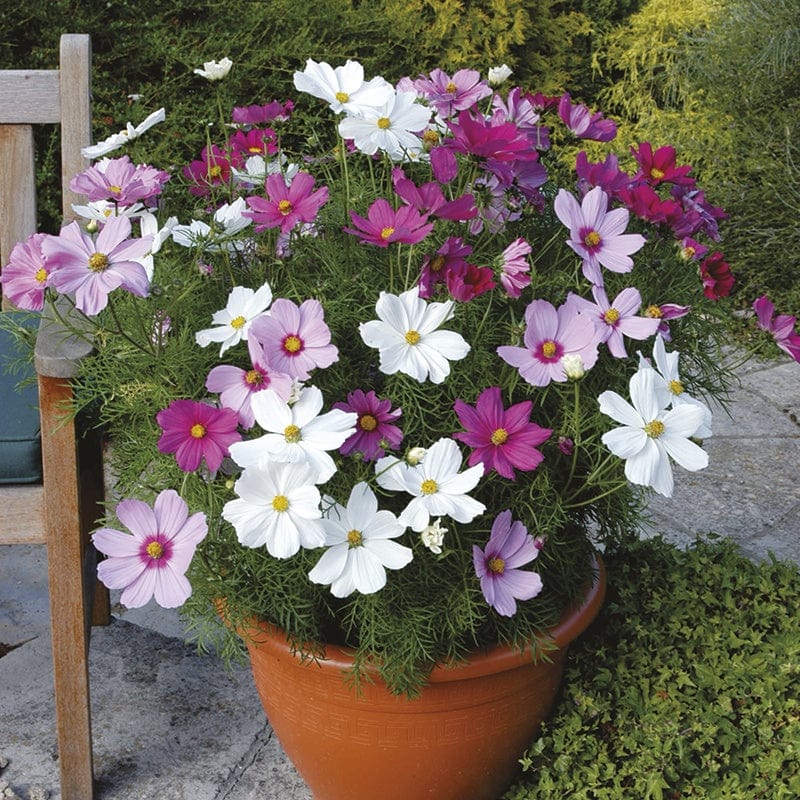The following are all good perennial plants for herbaceous or mixed borders that will thrive in any reasonable, well-drained soil and in full sun or partial shade:
Acanthus, Agapanthus, Agastache, Alcea, Alchemilla, Anemone, Angelica, Anthriscus, Antirrhinum, Aster, Astrantia, Baptisia, Brunnera, Campanula, Carnation, Catananche, Centaurea, Cirsium, Coreopsis, Crambe, Crocosmia, Dianthus (Pinks), Deutzia, Diascia personata, Dicentra (Fern-leaf types), Dierama, Digitalis, Delphinium, Echinacea, Echinops, Erigeron, Eryngium, Erysimum, Euphatorium, Euphorbia, Gaillardia, Galium, Gaura, Geranium (Hardy), Geum, Helenium, Heliopsis, Hesperis, Heuchera, Heucherella, Hydrangea, Knautia, Kniphofia, Lavatera, Lavender, Lobelia, Lupin, Lychnis, Lysimachia atropurpurea, Monarda, Nepeta, Omphalodes, Papaver, Penstemon, Perovskia, Persicaria, Philadelphus, Phlox, Physostegia, Polemonium, Potentilla, Primula, Rudbeckia, Salvia, Silene, Scabious, Sedum, Stipa, Tulbaghia, Verbascum, Verbena, Veronica, Veronicastrum and Viola.
Protect Agastache, Gaura, Penstemon and Verbena during the winter with a generous mulch of dry material, such as straw or mulch.
Coreopsis can also be treated as annuals and used in bedding schemes.
Cut Delphinium, Digitalis and Verbascum spikes back to younger side shoots when they fade.
Dead-head all regularly to prolong flowering.
Taller varieties may need staking especially in exposed areas.
First Year Flowering Perennials - Although all these perennials have been selected and grown to flower in their first year, the flowering period in the first season may be later than in subsequent years and, under adverse growing conditions, flowering may sometimes be delayed until the second year. They are mostly undemanding as to position and soil but will do best if their particular preferences are met.
Recommended planting distances are:
Agastache, Antirrhinum Pretty in Pink, Armeria, Carnation, Dicentra (Fern-leaf types), Erigeron Stallone, Galium, Gerbera, Hellebore, Helianthemum, Omphalodes, Osteospermum (hardy), Lavender, Lewisia, Lobelia, Papaver, Pinks, Primula, Stipa, Tulbaghia, Verbena and Viola 30cm (12in) apart. Achillea, Agapanthus, Alstroemeria, Anemone, Anthriscus, Aquilegia, Aster, Astrantia, Brunnera, Catananche, Coreopsis, Corydalis, Crocosmia, Digitalis, Echinacea, Eryngium, Erysimum, Gaillardia, Gaura, Geranium (Hardy) Kniphofia, Lychnis, Meconopsis, Nepeta, Penstemon, Physostegia, Polemonium, Sedum, Silene and Veronica 40cm–45cm (16-18in) apart.
Alcea, Alchemilla, Angelica, Baptisia, Campanula, Centaurea, Cirsium, Delphinium, Diascia personata, Dierama, Echinops, Erigeron Azure Fairy, Eryngium, Euphorbia, Geum, Helenium, Heliopsis, Hesperis, Hollyhock (Alcea), Heuchera, Heucherella, Knautia, Lupin, Lysimachia atropurpurea, Monarda, Nandina, Perovskia, Persicaria, Phlox paniculate and divaricata, Physostegia, Potentilla, Rudbeckia, Salvia, Scabious, Verbascum and Veronicastrum 45-60cm (18-24in) apart.
Acanthus mollis, Crambe, Eupatorium, Gardenia Kleim’s Hardy, Lavatera, Philadelphus and Nandina Obsessed 70-100cm (28-40in) apart.
Deutzia Raspberry Sundae, Hydrangea Little Lime, Hydrangea Silver Dollar and Vanille Fraise 100-150cm (40-60in) apart.
CAUTION: Contact with the sap of Aquilegia, Euphorbia and Sedum may irritate skin. All parts of Delphinium, Digitalis, Euphorbia, Helenium, Hydrangea, Lantana Lupin and Sedum may be harmful if eaten. Contact with the foliage of Achillea, Alstroemeria, Delphinium, Digitalis, Helenium, Hydrangea and Lantana may irritate skin. The seeds of Lupin may cause severe stomach upset if ingested.

